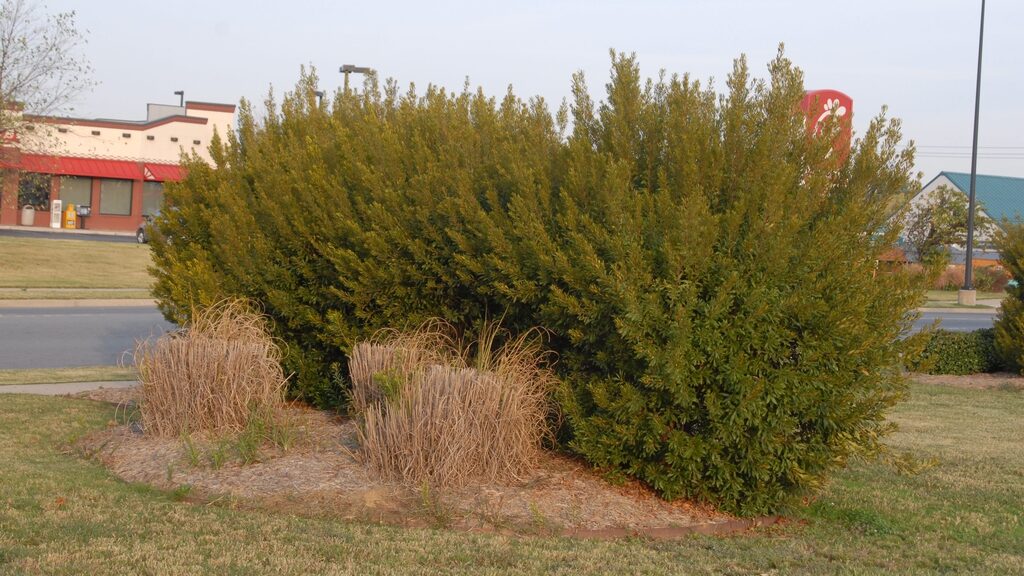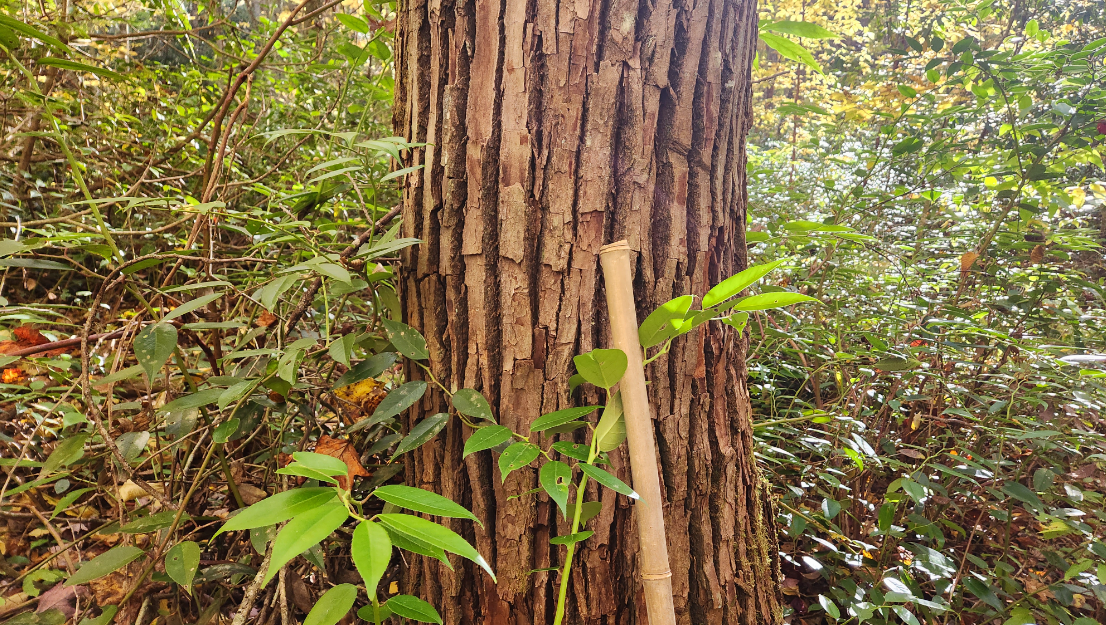With ever increasing population density, I see a lot of people asking for a fast-growing evergreen shrub that can be used to create privacy. Unfortunately, I often see the various types of privet (Ligustrum sp.) being used for this purpose. While privet can provide the visual privacy that people often seek, they hail from Asia, Africa, and Europe and spread rapidly into natural areas choking out native vegetation and reducing biodiversity. Rather than continuing this habit of planting non-native invasive species, I’m here to offer you a wonderful native alternative – wax myrtle (Morella cerifera formally Myrica cerifera).
Wax myrtle is a very common native evergreen shrub to small tree in the family Myricaceae and can be found growing throughout the South Carolina coastal plain. In fact, Myrtle Beach was actually named after wax myrtle, not non-native crape myrtles!
Not only is wax myrtle evergreen and fast growing, but it is highly versatile. It can handle a wide range of soil types and moisture levels, can grow in full sun to dappled shade, and is even salt tolerant! Wax myrtle is great as a privacy screen, but it can also be used to stabilize soils on stream banks and pond edges.
Just when you think wax myrtle couldn’t get any better I’m here to tell you there’s more! The berries provide food for song birds in the fall and through the winter. Wax myrtle is the host species of red-banded hairstreak larvae and the flowers provide nectar for pollinators. These shrubs are even of use to people! The specific epithet of cerifera means “wax bearing” and is in reference to the waxy coating on the berries which has historically been used to make candles. The leaves are flavorful and aromatic as well and can be used in the same way bay leaves are used. I can attest it adds great flavor to soups!
Further reading:




